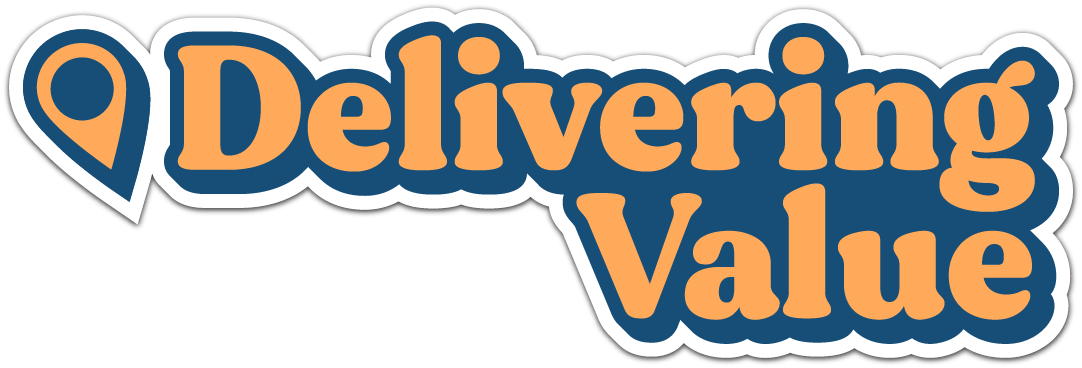Step 1: Define Value
The foundation of any successful onboarding process starts with defining value. Imagine a user signing up for your product, poking around, and leaving, never to return. More often than not, the reason is simple: they didn’t experience the value you promised them fast enough.
What is Value? In SaaS, value is often defined as the “aha” moment, the first time a user experiences the benefit they signed up for. Without clearly defining what this moment is for your product, you’re left guessing which features or actions will lead users to success.
How to Define Value:
Talk to Users: Ask new customers, “When did you first get value from the product?” Look for trends in their answers.
Analyze Data: Identify user behaviors tied to retention and correlate them with long-term engagement.
Pinpoint the Activation Moment: Write down your activation moment: “Our product delivers value when users [action].” Use this as the north star of your onboarding flow.
By defining value, you can create a focused onboarding process that guides users straight to their first win.
Step 2: Reduce Time to Value
Time to Value (TTV) is the time it takes for a user to experience the first meaningful benefit of your product. There’s a certain amount of time and energy a new signup will have. Users are unlikely to stick around if TTV is too long. The goal is simple: guide users to their “aha” moment as quickly as possible.
How to Reduce TTV:
Audit Your Onboarding Flow: Identify bottlenecks and unnecessary steps. For example, do users need to complete their profile before accessing core features? Probably not.
Streamline Actions: Focus only on actions that lead directly to the activation moment. Eliminate distractions like redundant fields or irrelevant tutorials.
Track Progress with Metrics: Measure how long it takes users to reach activation and compare this data between engaged and churned users.
Real-World Examples:
Canva skips lengthy onboarding by immediately asking users, “What do you want to design today?”
Duolingo lets users dive into their first language lesson within seconds of signing up.
The key is to remove friction and deliver value immediately.
Step 3: Guide Users with Prompts and Triggers
Even the most intuitive products can leave users feeling lost without the right guidance. That’s where prompts and triggers come in. These are nudges that guide users toward key actions and ensure they stay on track.
The Role of Triggers: Triggers act as a GPS for users, showing them what to do next and how to do it. According to the Fogg Behavior Model, behavior occurs when motivation, ability, and triggers align. If any piece is missing, the desired action won’t happen.
Effective Triggers Include:
In-App Prompts: Progress bars, tooltips, or pop-ups. Example: A progress bar that shows how close users are to completing a task.
Behavioral Notifications: Reminder emails, push notifications, and alerts encouraging users to complete incomplete actions. Example: “You’re almost there! Finish setting up your account. Your next step is [x].”
Checklists: Visible checklists that outline clear steps for users. Onboarding checklist ensures teams complete key setup tasks quickly.
By implementing timely and simple triggers, you can guide users seamlessly through the onboarding process.
Step 4: Personalize the Experience
One-size-fits-all onboarding doesn’t work. Different users sign up for different reasons, and a generic experience can leave many feeling unsupported. Personalization is key to helping users achieve their specific goals.
How to Personalize Onboarding:
Understand Users’ Jobs-to-Be-Done (JTBD): Ask users during signup, “What’s your main goal for signing up today?” Segment users based on their answers.
Create Custom Recipes: Develop step-by-step guides tailored to each segment’s goals. For example:
Highlight Relevant Features: Surface features that align with each segment’s goals during onboarding.
Examples of Personalization:
Calm asks new users what their main meditation goals are (to sleep better, reduce stress, let go of strong feelings quicker, etc).
Spotify creates playlists based on users’ favorite genres within minutes of signing up.
Personalized onboarding helps users feel seen and supported, increasing the likelihood they’ll stick around.
Step 5: Use Ready-Made Templates
Starting from scratch can be overwhelming for new users. Templates offer a shortcut by providing pre-built examples that showcase your product’s value right away.
Benefits of Templates:
Eliminate Guesswork: Users can see how your product works without having to set everything up themselves.
Accelerate Engagement: Templates help users engage with core functionality faster.
Showcase Potential: Pre-built templates demonstrate how your product solves real problems.
How to Implement Templates:
Identify Common Use Cases: Focus on the top 2-3 reasons users sign up for your product.
Design Pre-Built Templates: Ensure templates highlight key features and reduce friction.
Embed Templates in Onboarding: Allow users to choose a template that matches their goal and guide them through customizing it.
Example:
Templates reduce effort and help users achieve success faster, improving activation rates and retention.
Step 6: Build Momentum Pre-Signup
You don’t have to wait until users sign up to deliver value. Building momentum pre-signup lets users experience your product’s potential before committing.
What is Pre-Signup Momentum? It’s about creating opportunities for users to interact with your product without signing up. This “try before you buy” approach reduces barriers and builds trust.
How to Build Pre-Signup Momentum:
Create an Interactive Demo: Identify the core feature users want to experience and build an ungated version.
Design Meaningful Interactions: Let users achieve a small win, such as designing a mockup or creating a basic form.
Use Nudges to Encourage Signup: After a few interactions, prompt users to sign up with a clear value proposition: “Save your progress by creating an account!”
Real-World Examples:
Pre-signup momentum gives users a taste of success, increasing the likelihood they’ll engage and convert.
Actionable Takeaways
Let’s recap the 6-step framework:
Define value.
Reduce time to value.
Guide users with prompts and triggers.
Personalize the experience.
Use ready-made templates.
Build momentum pre-signup.
Start with one step, such as identifying your activation moment, and work your way through the framework to optimize your onboarding process.
